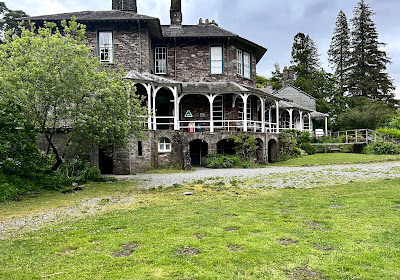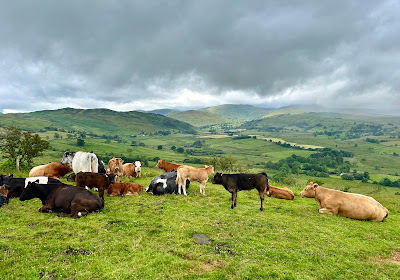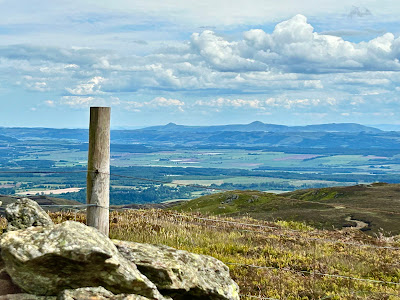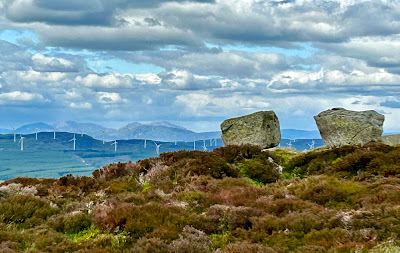 |
| Jenga: the government's operation mode |
Rishi Sunak's general election is the mistake that keeps on giving. I had predicted a summer election to some colleagues in May, and they guffawed, but I did not have the gumption to make a bet. And that is my problem, the UK has become a government-franchised casino where aspiring neo-capitalists make money on their phones without ever producing anything. I still live in a world where price, outcomes and community benefits are what matters.
Think about it. Government procurement of nuclear power stations, HS2, hospitals, PPE equipment, Test and Trace and consultancy advice for outsourcing services has been a bonanza for unscrupulous middlemen (and women) who have driven up inflation on facilities and services. These used to be delivered by local democratic bodies that were more prudent and focused on getting the best cost, and on-time delivery whilst supporting local businesses. Only 10 of the 40 hospitals promised by Boris Johnson have made progress, HS2 has been cancelled apart from the most expensive bits in the Home Counties where the cost of land acquisition, tunnelling to satisfy the 'loyal' Tory voters, and finance and design costs have gone stratospheric. PPE equipment did not meet specifications and much was trashed and most consultancy advice was lost down the back of the number 10 sofa.
The NHS is at the heart of most people's priority for rescue. I remember it was working extremely well when I retired 14 years ago. I could get an appointment with a GP on the day of phoning, there were annual checks for several common ailments, my wife had regular breast screening and A&E worked well apart from Friday and Saturday nights when alcohol had taken its toll. Hospitals were usually local and well-managed. Community care was usually provided by councils and delivered by someone local who could turn up in the evening to clients if there was an emergency. Most of these characteristics are sadly gone.
Andrew Lansley's jenga-inspired reforms started the rot, knocking down existing structures and then rebuilding them at a cost that amply rewarded consultancies and many senior health managers. Local hospitals that served their communities were replaced by mega hospitals, designed, built and inflated by PPP contracts that generated massive profits for the finance and construction cartels that took an ever-increasing share of NHS funding. These mega hospitals are difficult to access, too complex to be efficient or effective, infested with building and technology malfunctions, and encouraged the medical silos to put their demands above patient needs. No wonder they are in special measures.
And community care, well, that has languished as a bottom feeder squeezed out of resources, outsourced to companies who paid minimum wages whether in residential homes or their peripatetic carers. This should be the priority investment to save for the NHS.
The rail franchises failed again and again and several have been replaced by government-run operators like LNER. The privatised water companies introduced by Thatcher and Major governments and allowed licenses to pollute by the water regulator have provided excessive dividends for investors but failed to invest in the infrastructure so that our rivers and beaches are the worst in Europe. The same Europe that had introduced water and air quality standards that have been sacrificed on the altar of Brexit.
We are still uncovering the extent of the government's lethargic management of COVID. The government wasted £billions on badly procured equipment, temporary hospitals and applications and failed to harness the knowledge and experience of public health agencies and councils.
The bizarre Rwanda scheme for off-shoring asylum seekers has cost £370m without a single person being sent to Rwanda. It will cost £600m if 300 people are sent there according to the Migration Observatory.
Much evidence of the Government's failures has been kicked into the long grass. Many £millions have been spent on Inquiries that were never intended to be reported until after the general election. What further acts of incompetence will we discover when Grenfell Tower and the Covid inquiries eventually emerge from the burial chambers of the Johnson/Truss/Sunak opaque government?
Volume house builders make 20%+ profits by building houses designed and replicated across dozens of sites by CAD systems rather than architects and designers. They take little cognisance of landscape or vernacular buildings, they are often poorly specced, cramped and only as sustainable as required to meet minimum standards. Developers have been land banking for years and only develop when the market is favourable. They try to avoid planning conditions that require a proportion of houses for social renting or the provision of play parks, pathways and contributions for other community facilities or services.
The Labour Party blaming councils for delays in planning shows an ignorance that does not bode well for increasing the rate of housebuilding. The land acquisition by councils, the design of housing, a shift to net zero housing and the provision of community facilities should be at the forefront of new housebuilding policy. The blitz of planning regulations threatened by Keir Starmer is the shibboleth of lazy thinking. Planning decisions must reflect community concerns, not the land banking and excessive profit-making of volume builders.
All bets are off about who will not win the election, the electorate has long ago decided that it will not be the Tories with their irascible PM and Gone Girls and Boys.
Rant over, for now.






















































